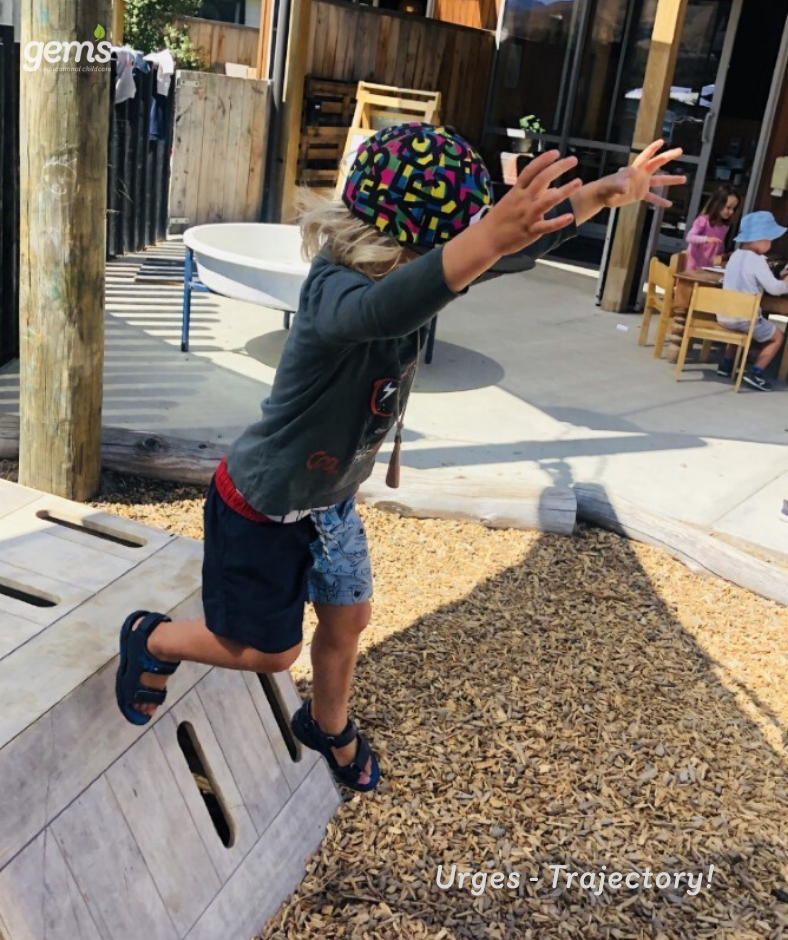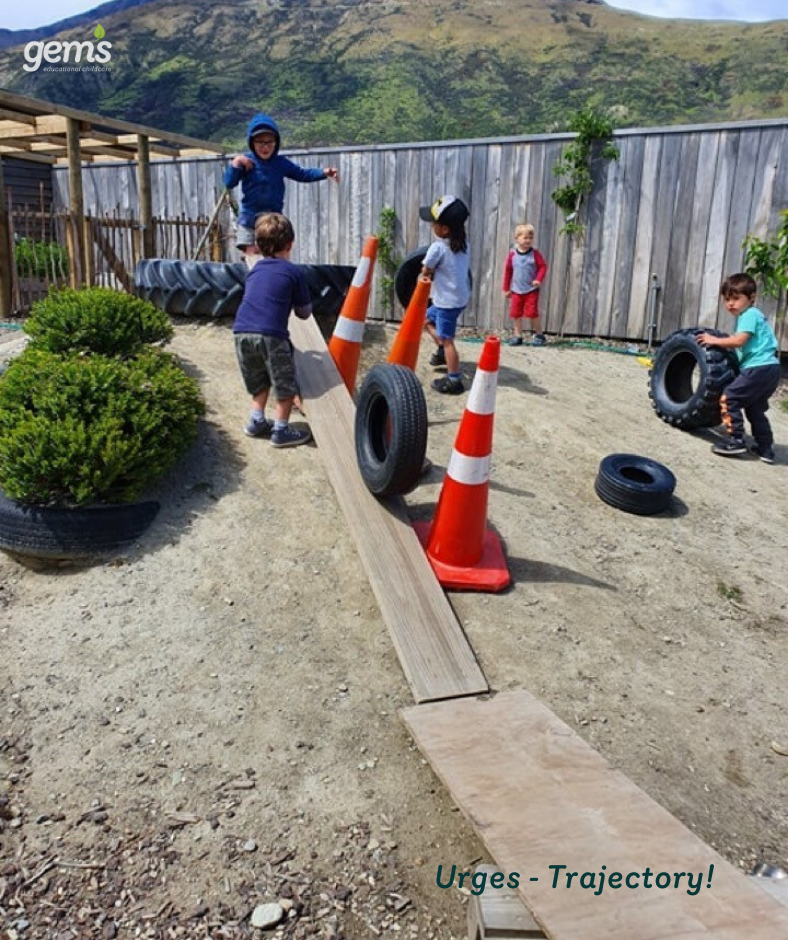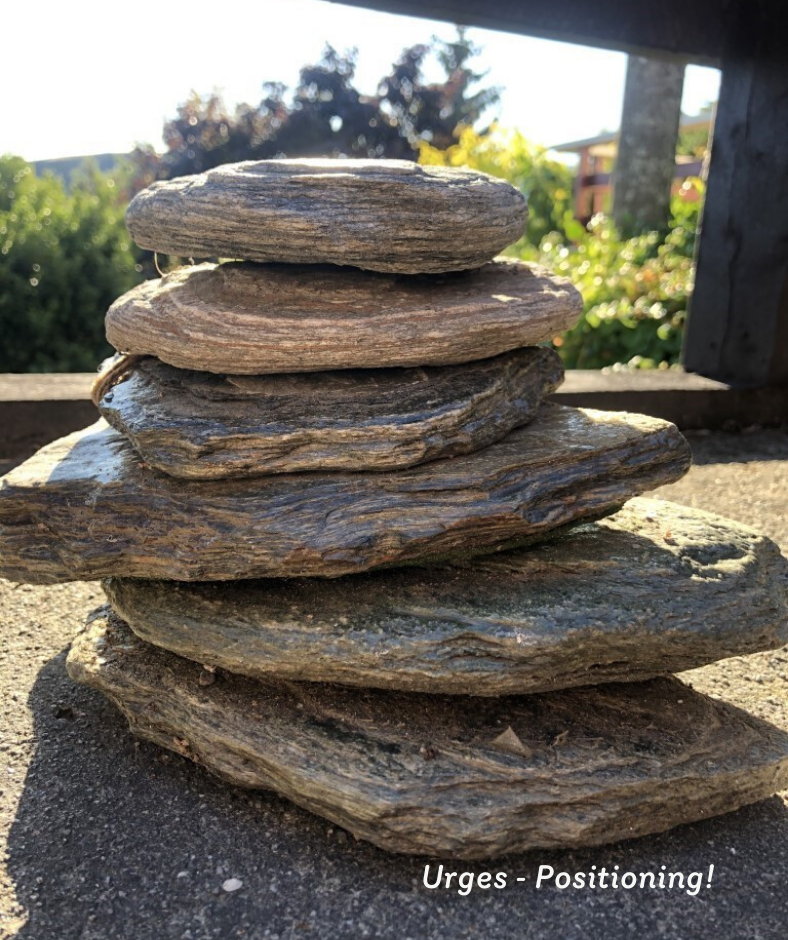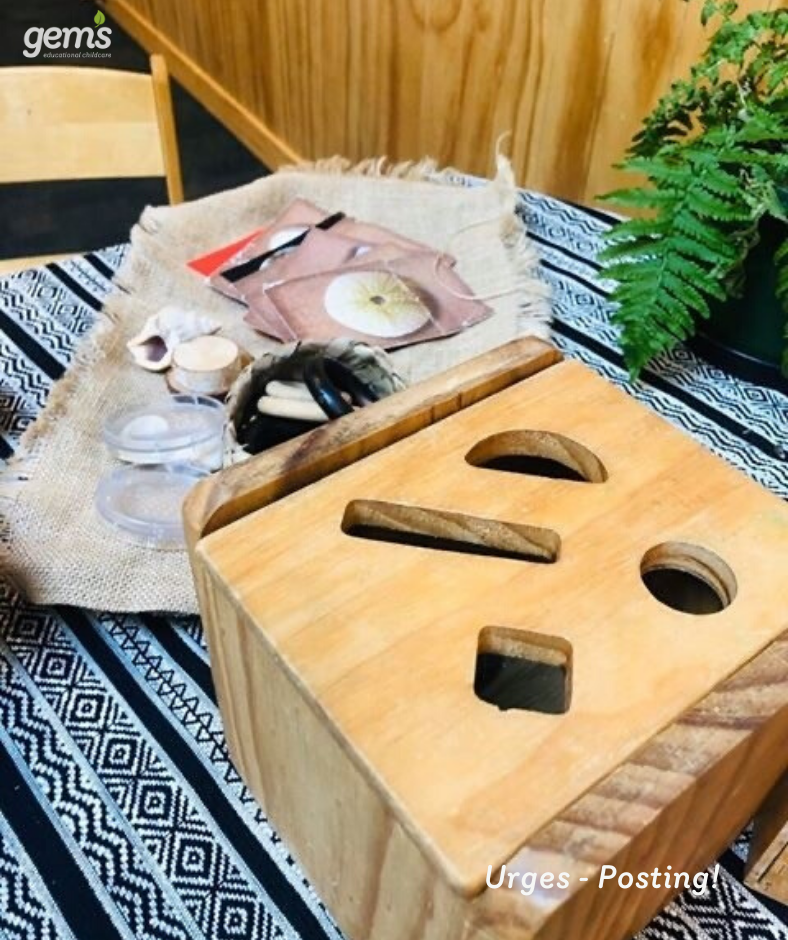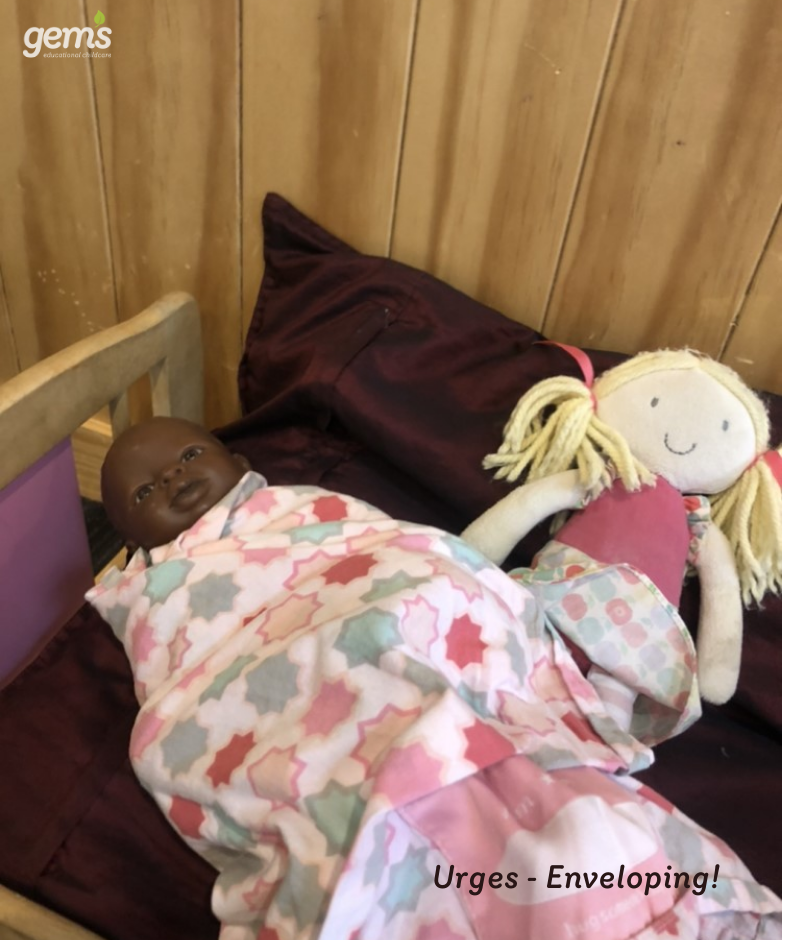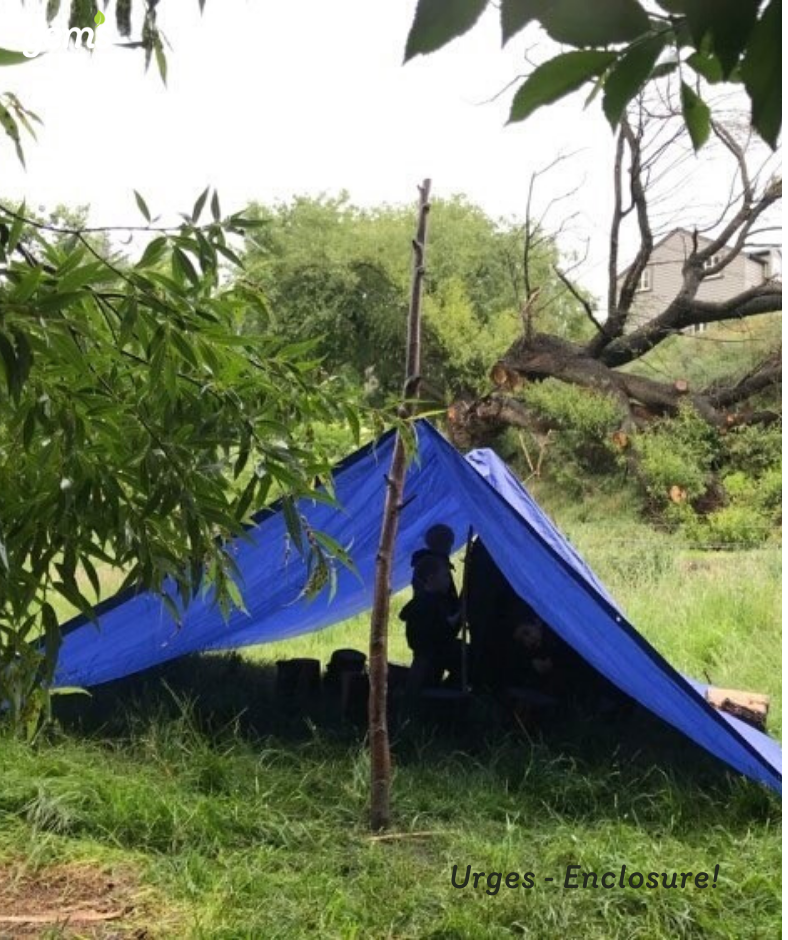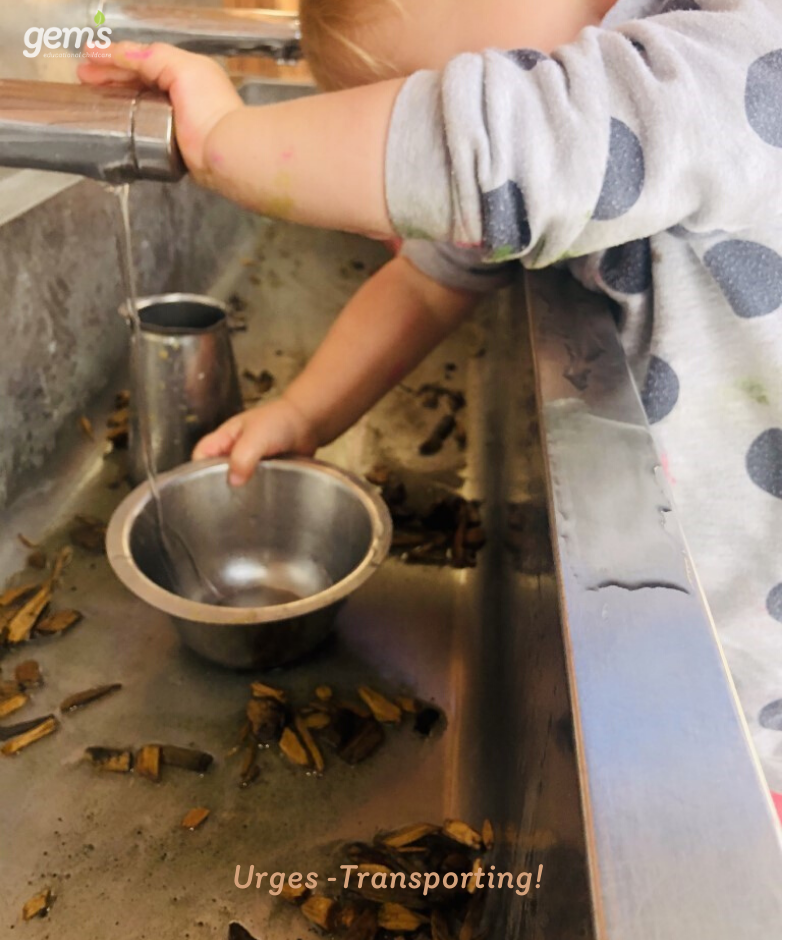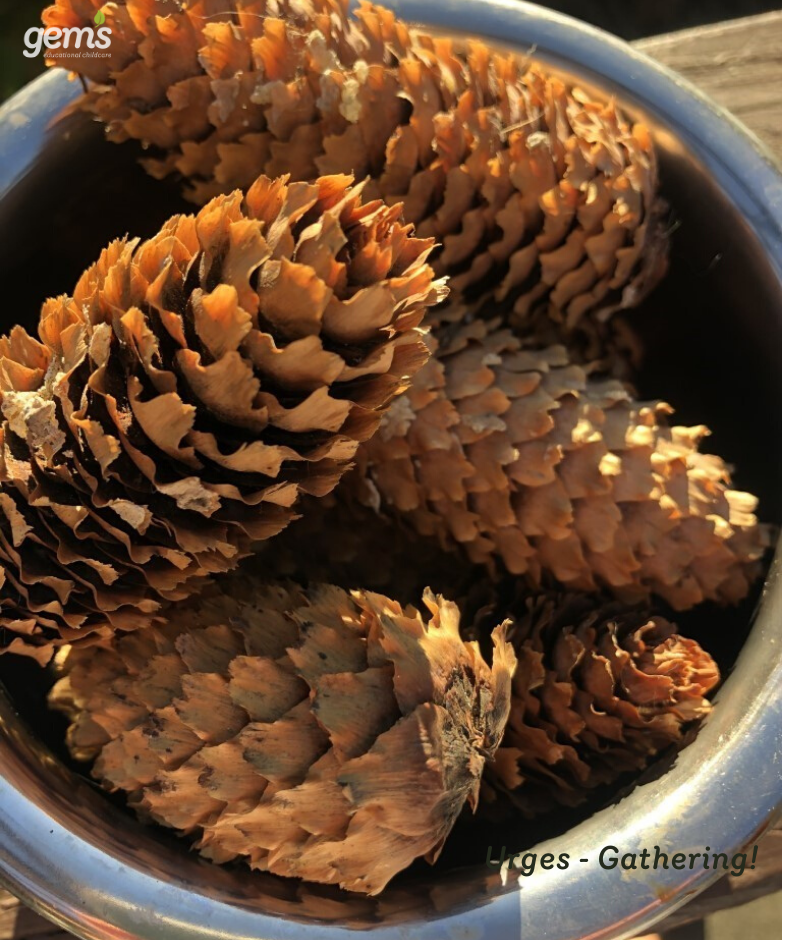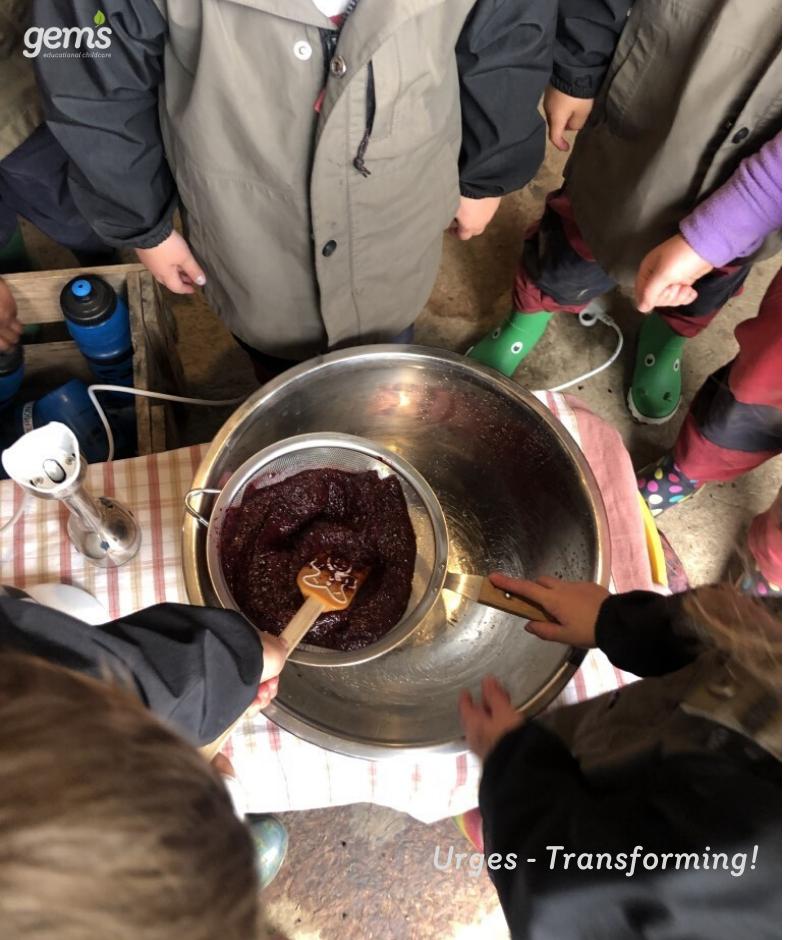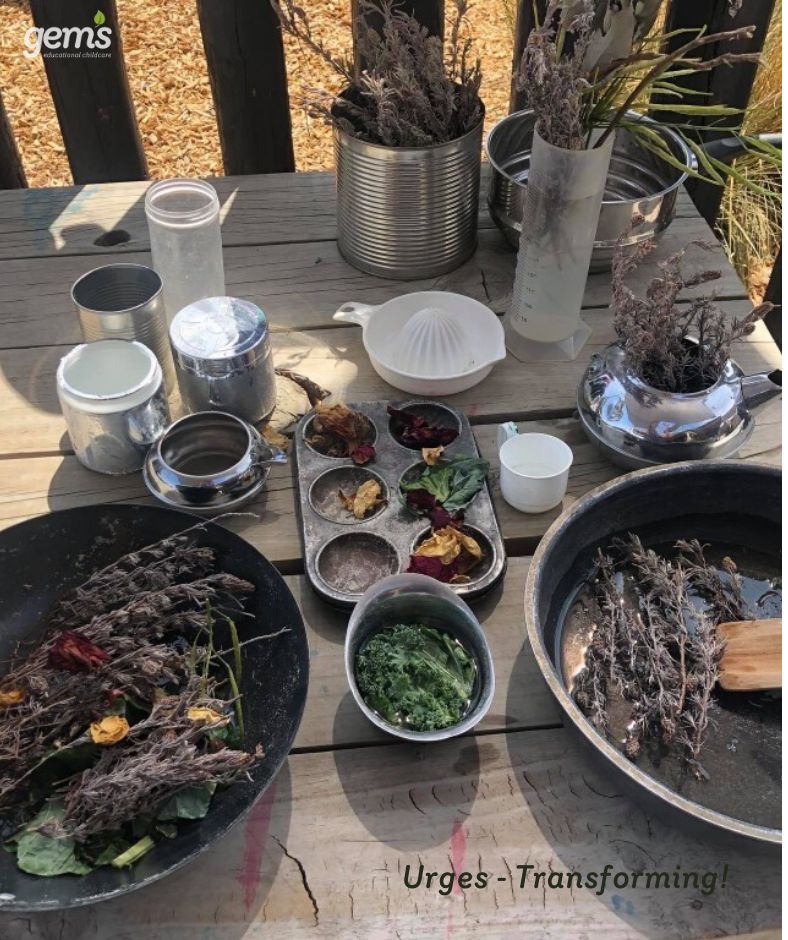Urges - Carrie Lindsay
You know that feeling when you’re in the supermarket and you look down in your trolley and see a big bar of chocolate that has magically appeared there? Or you pop to Mitre10 and end up with ANOTHER houseplant? You know that you don’t need one, you already have lots, but at that moment you REALLY need to buy that plant. You know that it is totally irrational, and you are supposed to be saving, but something overrides all sensible thought, and you are overcome with the urge to buy that plant.
Ok hold onto that feeling.
This is how children feel when that wooden block sails through the air, hitting their sibling on their head. They knew it probably wasn’t a great idea, but they were overcome with the urge to experiment and see what would happen to the object if they threw it. This can be referred to as an urge, or schema. And this particular urge is known as trajectory.
These urges are building blocks for the human brain; they require repetition, sometimes lots and lots of repetition; and they usually need to happen right now, which explains why our little people are so determined to do these things. A huge part of learning happens through experiential play, so for a child to work out what will happen if they add their glass of water to their dinner, they need to do just that.
As an Early Childhood Teacher, I am well aware that at times this behavior can be challenging, and at the moment even more so. Hopefully this blog will provide you with some strategies for positively redirecting some of these behaviors at home – the children can still carry out these very important urges, but in a way that works for everybody.
Here I am going to give a breakdown of what some of the most common urges are; what they look like in play, and how to provide for these urges.
Let’s start with Trajectory: this can be the urge to throw, drop, climb or jump; moving one’s own body or making something happen. This is a big urge and can look like anything from babies dropping toys from their highchairs (we all know that game) to children jumping on their beds.
These are things that the children need to experience, and so to provide for this urge a very common phrase that you might hear at Gems is “I can see that you really want to climb/throw/jump right now, here is somewhere you can climb/ a ball you can throw/ something you can jump off”. It is so important to acknowledge that you know they need to do what they are doing, and then to positively redirect this play.
Positioning - Perhaps you have to restack the dishwasher every time you open it, or rearrange the cushions on the sofas as you walk past? This is the urge of positioning, and for your child this might mean that they line up all the toys cars, or set up their animals just so. This is also linked to the urges of construction and deconstruction. And don’t worry, for most children deconstruction comes before construction. To provide for these urges it is important to have things that can be built and knocked down again! This could be blocks, Lego, Mobilo, stones. At Gems we use lots of natural open-ended resources (stones, shells, pinecones, etc).
Posting - this urge is the reason why you find all your children's toys down the back of the sofa. To provide for this at Gems, we provide lots of places where children can 'post' things; letter boxes, mini draws, shape sorters, and then a range of natural resources for the children to experiment with.
Enveloping - Enveloping is the need or urge to cover something, this could mean laying out every sheet from the laundry on the floor to cover that space, covering the entire page in paint, tucking babies up in blankets or maybe wrapping that shell in an entire roll of masking tape. At Gems in order to plan for this urge we will always have a basket of blankets in the learning environment, we consider blankets to be a core resource as they are so open-ended. Not only do they provide the enveloping urge, but they also are a wonderful hut building material.
Enclosure- we all know that children love to squeeze themselves into the smallest of spaces, and as they grow older they love to create these little spaces too by making huts – something our farm school tamariki love to do at the farm, and we also love to create huts back at Gems too, sometimes these might be cosy reading nooks, other times they are shelter from the sun. The desire to create safety and shelter is built into us as humans and so it is important that we provide our tamariki with ways to create these huts – blankets, cushions, even bed sheets to drape over the dining table can make excellent huts too.
Transporting - This will be an urge that is familiar to all – everyone knows that when you are looking for your phone or car keys they are very likely to be squirreled away in a basket or handbag. This urge also includes loading up toy diggers with bark and moving it from one side of the play space to another; stuffing teddies into a toy pram or trolley to push and filling up buckets of water. To provide for this urge at Gems we provide lots of baskets, buckets and various other vessels so that children can find exactly the right thing they need at that given time. You might sometimes notice table set ups that are literally just baskets in baskets, and they might be the most played with resource that day.
Gathering – this is an urge that we never really grow out of, who can visit the beach without collecting handfuls of pretty shells that never quite look the same when you get home? Certainly none of the Gems kaiako, and we love to share the treasures we collect when we get back to school. It is in built in us to want to gather treasures, and so at Gems we make sure that we have LOTS of the same thing so that children can carry out this urge. Of course, the best way to fulfill this urge is for the children to find these treasures themselves, so perhaps go for a treasure hunt with your little ones and see what they can find. Maybe try out Morgan’s nature scavenger hunt and add what you find to your ‘jars of joy’ from Bridget's post
Transforming – children also have the urge to discover ways to turn something into something else, so they have to pour their drink into their dinner or mush their food up in their mouths. Some positive ways for children to experience this urge can include baking, playdough, making mud pies, or the children’s favourite – making potions! The children love to pick the petals from the flowers, add some water and mix it up, and I’m sure making perfume is a fond childhood memory for many of you.
These are just a few of the urges that our children have, hopefully this blog will help you see ways to manage these urges and keep the experience positive. When you plan for an urge the child is no longer seen as ‘getting into trouble’ but instead they are acting out a natural play urge with an appropriate outlet to do so.
It is also important to note that for some children they may be working on one particular urge at a time, and for some many at once. They are the lead scientists in their experiments, so whatever they do just trust that this exactly what they need to do for their learning.
So that leaves me with a challenge for you! Over the next week I want you to closely watch your children to see what urges they are working on – I'm sure you will start to very quickly notice.

